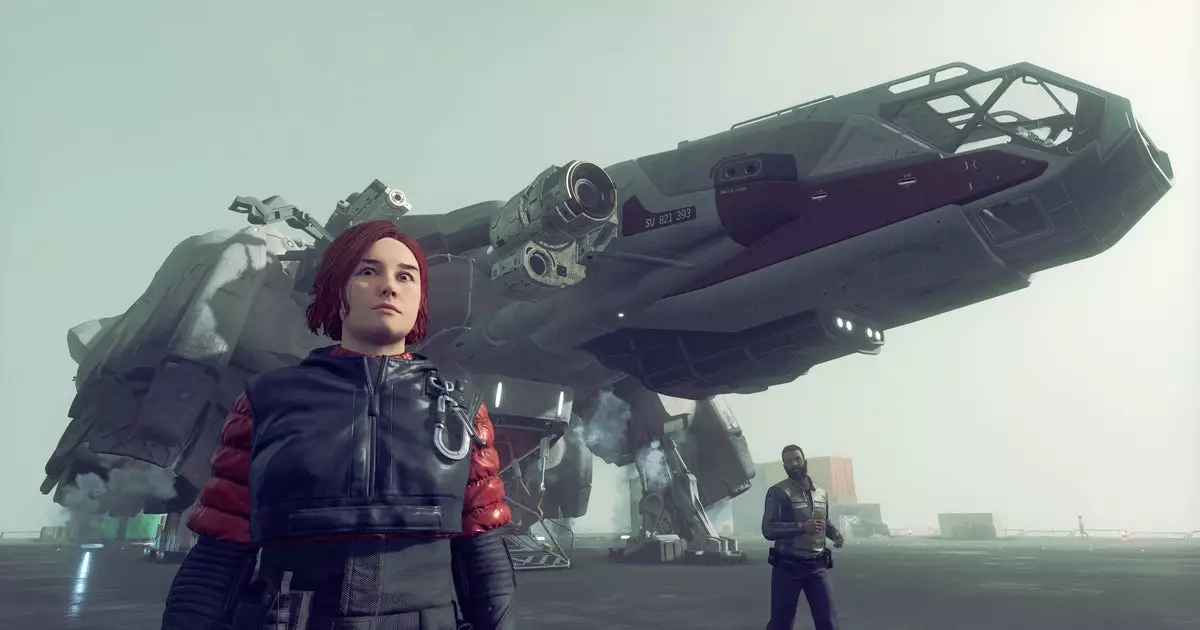Starfield, Bethesda’s ambitious foray into the cosmos, seems to have drifted into the realm of forgotten ideas almost as soon as it launched. Its vast universe and potential for exploration were met with criticism, notably highlighted by Alice Bee’s review for Rock Paper Shotgun, which claimed the game felt “small, cold, and unlived in.” This sentiment resonates with many players who anticipated a grand adventure across the stars, only to find a desolate experience. A lingering question remains: if Starfield had opted for a more violent approach, would it have changed the reception?
In a striking revelation from Dennis Mejillones, a former senior artist at Bethesda, it appears that an opportunity to infuse the game with a more visceral experience was curtailed due to technical challenges rather than creative decisions. In an interview on the Kiwi Talkz podcast, Mejillones divulged that initial plans included gruesome elements like decapitations, reminiscent of the blood-soaked chaos associated with other Bethesda titles, such as Fallout 4. The decision against these features was not born from a lack of desire but rather from the complications that arose when accounting for various character garments and armor systems.
The detailed mechanics of helmets and their interactions with damage inflicted during gameplay became insurmountable obstacles. The implications of integrating these gore elements mixed with the already complex character creator led the developers to abandon the idea. This decision emphasizes that even groundbreaking visuals and immersive environments may falter if the fundamental gameplay mechanics become convoluted.
Mejillones highlighted a key thematic divergence between Starfield and other Bethesda franchises, particularly Fallout. Where Fallout thrives on dark humor and exaggerated violence, culminating in chaotic scenes like characters turning into “goo” through the Bloody Mess perk, Starfield aimed for a more subdued, realistic portrayal. The influences from science-fiction classics such as The Expanse and Star Trek channeled a narrative that favors depth over shock value. This contrast creates a unique atmosphere, which, while potentially lacking in excitement, strives for realism amidst a universe teeming with possibilities.
While it’s easy to idealize a version of Starfield drenched in blood and carnage, it’s essential to reflect on whether such an addition would have genuinely improved the game’s core experience. A more brutal game might have entertained temporarily, but the fundamental flaws would likely still persist. The lack of engaging environments, dynamic NPC interactions, and meaningful narratives often overshadowed the game’s potential.
In retrospect, one can argue that while extra layers of gore and violence could have provided a temporary thrill, they may not have solved the issues that ultimately left players feeling disconnected. Perhaps a more prudent approach would have balanced intense action with the exploration and storytelling that could enrich the game, rather than resorting to superficial shock tactics. In the end, Starfield stands as a testament to the complexities of game design, revealing that substance is far more vital than spectacle.


Leave a Reply